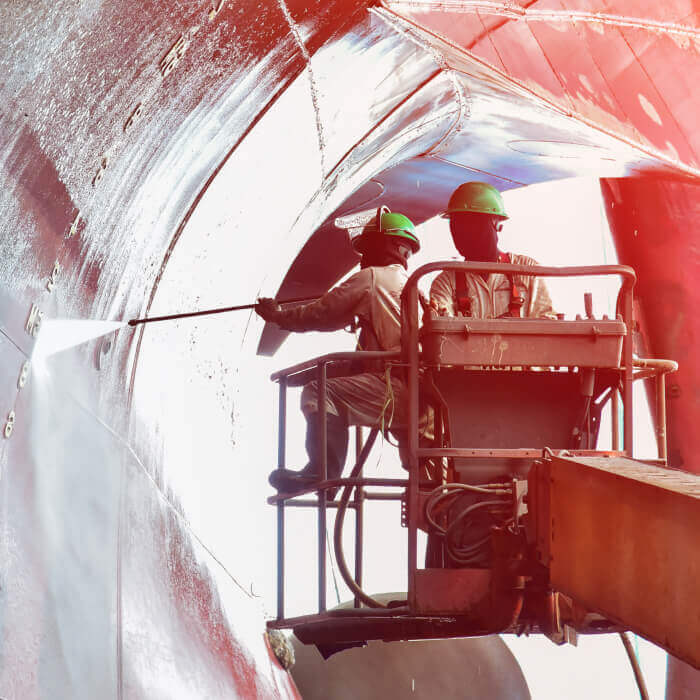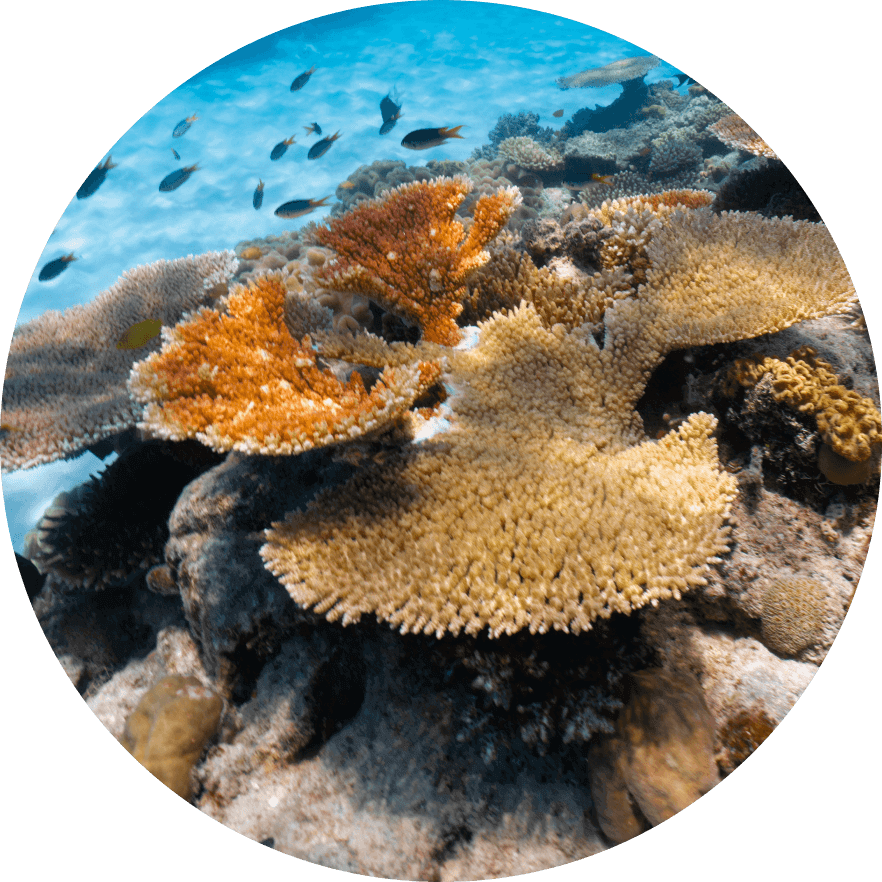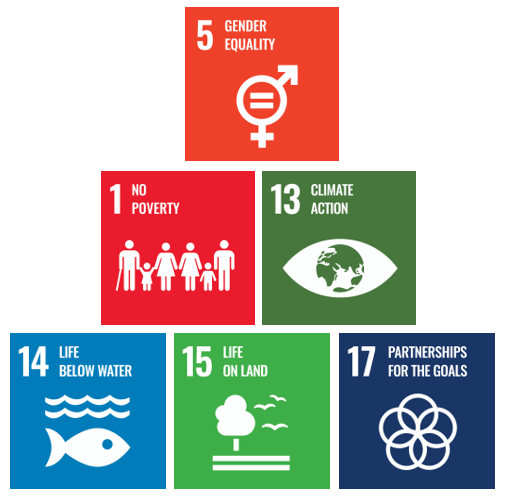The Project


Integrated with the GloFouling Partnerships project
The TEST Biofouling project closely cooperates with and builds on the achievements of the GEF-UNDP- IMO GloFouling Partnerships project to maximize its effectiveness. In particular, it places an emphasis on existing beneficiary countries and regions where additional support will be most beneficial and have the greatest impact. More specifically, the TEST Biofouling project intends to build on achievements, networks, and knowledge built by the GloFouling Partnerships project focusing on topics and geographic areas that complement its actions. This focus is especially geared towards enhancing the impact of technology demonstration activities related to biofouling management.
Sustainable Development Goals
IMO and Norway are actively working towards achieving the 2030 Agenda for Sustainable Development, and the 17 Sustainable Development Goals (SDGs) at its heart. Read more about IMO and the Sustainable Development Goals by clicking this link.
The TEST Biofouling project will substantially contribute to achieving the UN Sustainable Development Goals (SDGs), especially Goal SDG 14 – Life below water, and its Target 14.2: “sustainably manage and protect marine and coastal ecosystems and avoid significant adverse impacts”.
With its focus on reducing the transfer of Invasive Aquatic Species, the project will further contribute to achieving SDG 1 – “Eradicate extreme poverty by 2030” and its target 1.4 by securing ownership and control of men and women on economic and natural resources as well as on appropriate new technologies and financial services.
It will also contribute to SDG15 – Protect, restore and promote sustainable use of terrestrial ecosystems […] and halt biodiversity loss, and its Target 15.8: “introduce measures to prevent the introduction and significantly reduce the impact of IAS on land and water ecosystems […].”
Additionally, noting that biofouling management can also be an effective tool to enhance ships’ energy efficiency and reduce Greenhouse Gas (GHG) emissions from ships, positive impacts are foreseen in relation to SDG13 – Urgent action to combat climate change and its impacts.
Furthermore, the project contributes to SDG 5 – Achieve gender equality and empower all women and girls through its Target 5.5 Ensure women’s full and effective participation and equal opportunities for leadership at all levels of decision-making in political, economic and public life
Lastly, the project contributes to SDG 17 – Strengthen the means of implementation and revitalize the Global Partnership for Sustainable Development.


